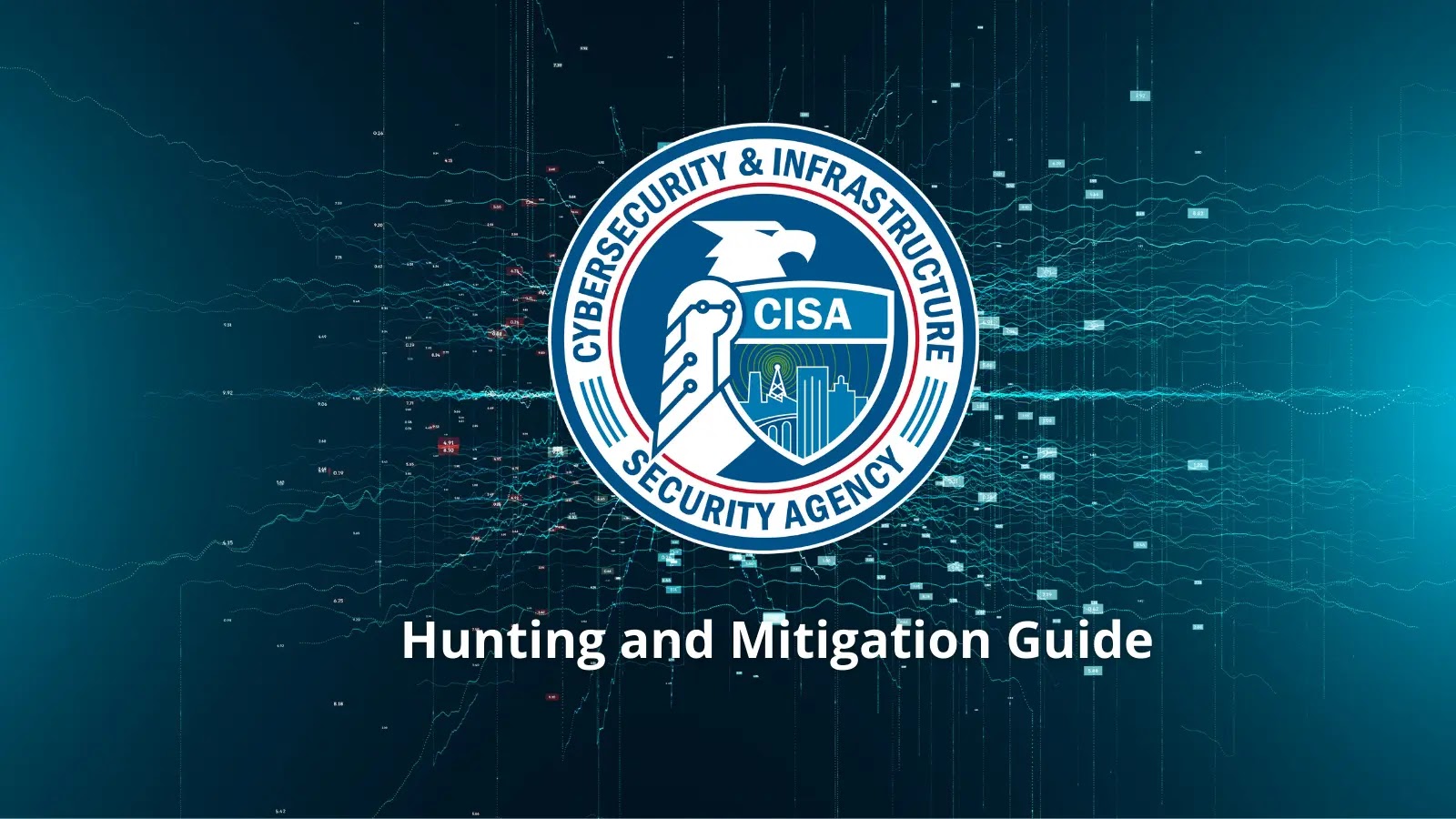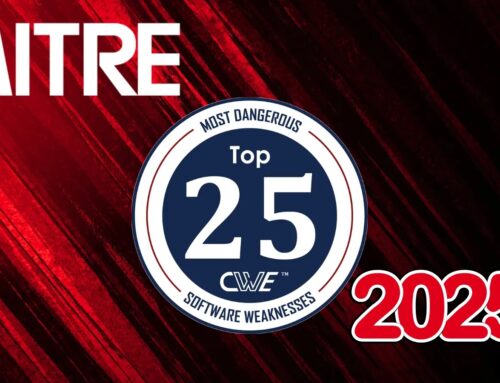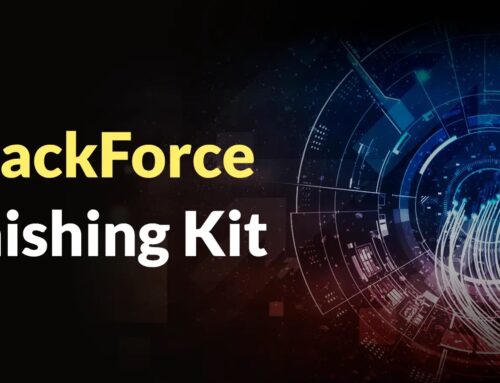
CISA Publish Hunting and Mitigation Guide to Defend Networks from Chinese State-Sponsored Actors
CISA Sounds the Alarm: Defending Against Sophisticated Chinese State-Sponsored Cyber Espionage
The digital battleground is constantly shifting, and the latest intelligence from the U.S. Cybersecurity and Infrastructure Security Agency (CISA) paints a stark picture of a widespread and persistent threat. In an unprecedented move, CISA, alongside the NSA, FBI, and a coalition of international partners, has released a critical cybersecurity advisory detailing an extensive espionage campaign orchestrated by People’s Republic of China (PRC) state-sponsored actors. This isn’t a mere skirmish; it’s a strategically executed, global endeavor targeting critical networks and infrastructure. The 37-page report, “Countering Chinese State-Sponsored Actors Compromise of Networks Worldwide to Feed Military Advancement,” offers an in-depth look at the adversary’s tactics, techniques, and procedures (TTPs), emphasizing the urgent need for robust defensive measures.
The Scope of the Threat: A Global Espionage Campaign
The advisory underscores the global reach and strategic intent behind these sophisticated attacks. PRC state-sponsored actors are not indiscriminately targeting; they are methodically compromising networks worldwide to acquire sensitive information that fuels their military advancements and economic competitive edge. This campaign goes beyond typical cybercrime, representing a direct threat to national security and critical infrastructure across multiple sectors, including defense, government, and technology.
The report highlights several key aspects of this campaign:
- Broad Compromise: A wide array of organizations, both public and private, have been impacted globally.
- Sophisticated TTPs: The actors employ advanced and persistent methods, adapting their approaches to evade detection.
- Strategic Objectives: The primary goal is intelligence gathering to support long-term strategic objectives of the PRC.
- Exploitation of Known Vulnerabilities: While highly sophisticated, these campaigns often leverage known, unpatched vulnerabilities to gain initial access.
Understanding the Adversary’s Playbook: Typical Attack Vectors
While the full report details numerous TTPs, common attack vectors observed in these campaigns include:
- Exploitation of Public-Facing Applications: Attacking web servers, VPNs, and other internet-facing services with known vulnerabilities is a favored approach. Examples may include vulnerabilities similar to CVE-2021-26855 (Microsoft Exchange Server vulnerability) or CVE-2023-28432 (MinIO vulnerability), which are frequently exploited by state-sponsored groups.
- Supply Chain Compromises: Infiltrating software updates or widely used components to gain access to target networks downstream.
- Phishing and Social Engineering: Targeting individuals within organizations to steal credentials or implant malware.
- Zero-Day Exploits: Although less common, the use of previously unknown vulnerabilities cannot be ruled out, highlighting the persistent threat.
Remediation Actions and Proactive Defenses
CISA’s advisory serves not only as a warning but also as a comprehensive guide for defense. Organizations must take immediate and decisive action to bolster their cybersecurity posture. The following remediation actions are critical:
- Patch Management: Implement a rigorous and timely patching schedule for all software, operating systems, and network devices, prioritizing public-facing applications. Regularly check for and apply security updates, especially for vulnerabilities frequently exploited by nation-state actors.
- Multi-Factor Authentication (MFA): Enforce MFA across all services, particularly for remote access, privileged accounts, and cloud services. This significantly reduces the risk of credential theft.
- Network Segmentation: Segment networks to limit lateral movement of adversaries once initial access is gained. Implement Zero Trust principles where possible.
- Strong Access Controls: Implement the principle of least privilege. Regularly review and revoke unnecessary user and service account permissions.
- Enhanced Logging and Monitoring: Improve logging capabilities across all systems and network devices. Centralize log management and implement robust security information and event management (SIEM) solutions to detect anomalous activity indicative of compromise.
- Incident Response Plan: Develop, test, and regularly update a comprehensive incident response plan. Ensure your team is trained to identify, contain, eradicate, and recover from sophisticated attacks.
- Threat Hunting: Proactively search for signs of compromise within your network using indicators of compromise (IOCs) provided by CISA and other reputable sources.
- Regular Backups: Maintain isolated, encrypted, and regularly tested backups of all critical data to ensure business continuity in case of compromise.
- Employee Training: Conduct regular security awareness training for all employees, emphasizing phishing detection and secure computing practices.
Essential Tools for Defense
Leveraging the right tools is paramount for effective defense against these sophisticated threats. Organizations should consider implementing and utilizing the following:
| Tool Name | Purpose | Link |
|---|---|---|
| Endpoint Detection and Response (EDR) Solutions | Real-time monitoring and response capabilities on endpoints; detecting and containing advanced threats. | CISA EDR Guidance |
| Security Information and Event Management (SIEM) Systems | Centralized log collection, correlation, and analysis for threat detection and incident response. | Gartner SIEM Market Guide |
| Vulnerability Management Solutions | Automated scanning and identification of vulnerabilities in software and infrastructure. | NISTIR 8276 – Vulnerability Management |
| Network Intrusion Detection/Prevention Systems (NIDS/NIPS) | Monitoring network traffic for suspicious activity and blocking known attack patterns. | SANS on NIDS/NIPS |
| Threat Intelligence Platforms (TIPs) | Aggregating and analyzing threat intelligence to provide context and actionable insights. | Mandiant Threat Intelligence |
Conclusion: A Call to Action for Collective Defense
The CISA advisory on PRC state-sponsored cyber activities is a critical reminder of the persistent and evolving threat landscape. It reinforces the necessity of a proactive, layered defense strategy. Organizations must move beyond basic security hygiene and embrace advanced threat hunting, robust incident response planning, and continuous vigilance. By adopting the recommended mitigation strategies and fostering a culture of cybersecurity awareness, we can collectively enhance our resilience against these sophisticated adversaries and safeguard our critical networks.





